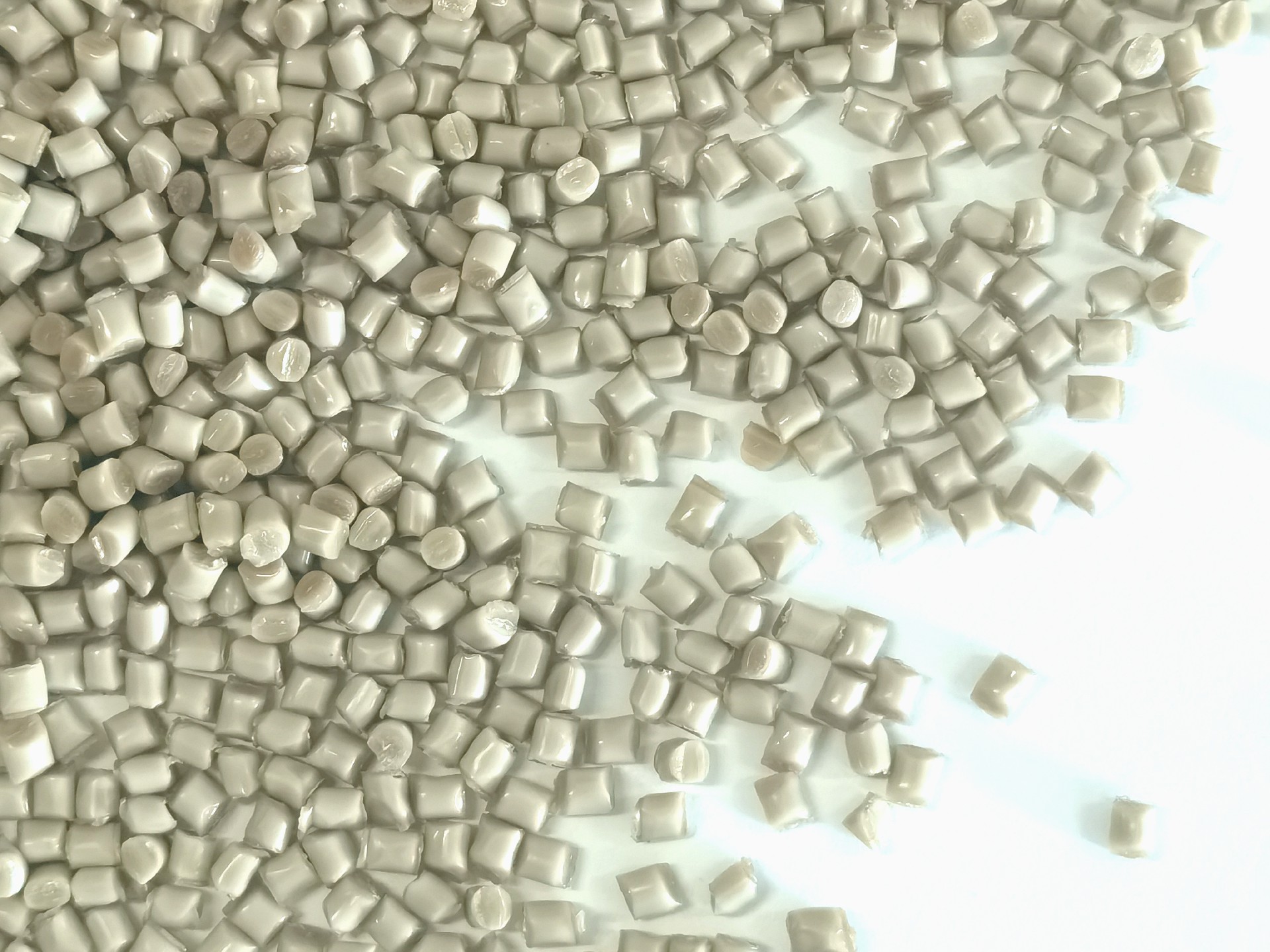
PGLA (or PLGA) with different degradation characteristics and mechanical properties can be obtained according to the copolymerization of glycolide and lactide in different ratios. Its degradation products are lactic acid and glycolic acid, which are also byproducts of human metabolic pathways, reflecting good biocompatibility, so when it is used in medicine and biomaterials, the risk of toxicity is extremely low.
In the field of medical materials, the degradation time and physical strength of PGLA (or PLGA) are important properties. Its suitable degradation time and tensile strength can ensure the best presentation of application performance. PGLA (or PLGA) has been successfully used in many biomedical fields, such as surgical sutures, drug carriers, implant materials, prosthetic devices and tissue engineering scaffolds. Because of its easy processing and controllable degradation rate, it is an ideal material for drug carriers.
It is most commonly used to make microspheres, microcapsules, nanospheres or nanofibers, which can be used for controlled release of encapsulated proteins, vaccines, chemotherapy drugs, antibiotics, analgesics and anti-inflammatory drugs. It also has good cell adhesion and proliferation properties, making it an attractive tissue engineering material. Using 3D printing, compression molding, porogen leaching, electrospinning, gas foaming or microsphere sintering techniques, it can be made into scaffolds to assist in the regeneration of bone, cartilage, tendon, skin and nerve tissue.